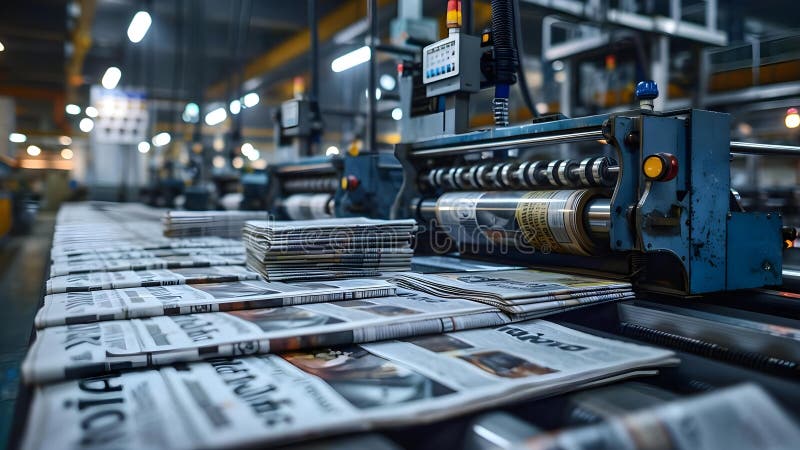In the realm of marketing, offset printing for flyers has emerged as a cornerstone for creating vibrant and visually appealing promotional materials. This technique, renowned for its precision and cost-effectiveness, has transformed the way businesses approach flyer production. For marketing professionals, understanding the nuances of offset printing can unlock new opportunities for engaging audiences and amplifying brand presence.

Understanding the Basics of Offset Printing
Offset printing is a widely used printing technique where the inked image is transferred from a plate to a rubber blanket, and then to the printing surface. This method is ideal for producing large volumes of high-quality prints at a reasonable cost. Flyers, being a popular marketing tool, benefit significantly from this technique due to its ability to produce sharp images and vibrant colors.
Why Choose Offset Printing for Flyers?
There are several compelling reasons why businesses opt for offset printing when creating flyers:
- High Quality: The precision of offset printing ensures that images and text are crisp and clear.
- Cost Efficiency: Especially for large print runs, offset printing is more affordable compared to digital printing.
- Versatility: This technique allows for a wide range of paper types and sizes, making it versatile for different flyer designs.
The Process of Offset Printing
The offset printing process involves several key steps, each contributing to the final product’s quality. Understanding this process is crucial for marketing professionals who wish to leverage this technique effectively.
Pre-Press Preparation
Before printing begins, the design is transferred onto plates. These plates are typically made of aluminum and are carefully etched to match the desired design. The accuracy of this step is vital as it sets the foundation for the print quality.
Ink Application
Once the plates are prepared, they are mounted onto the press. Ink is then applied, with each color requiring a separate plate. This meticulous approach ensures that colors are vibrant and true to the original design.
Printing
During the printing phase, the inked plates transfer the image onto a rubber blanket, which then prints onto the paper. This indirect method is what gives offset printing its name and contributes to its high-quality output.
Benefits of Offset Printing for Marketing Flyers
For marketers, offset printing offers several benefits that make it an attractive option for flyer production:
- Consistent Quality: Offset printing maintains high quality across large print runs, ensuring that each flyer looks as good as the first.
- Speed: Once set up, the printing process is fast, allowing for quick turnaround times.
- Customization: With the ability to use various inks and paper types, marketers can customize flyers to suit their brand image.
Comparing Offset and Digital Printing
While both offset and digital printing have their merits, understanding their differences can help marketers make informed decisions. Offset printing is typically more cost-effective for large runs, whereas digital printing is better suited for smaller quantities and projects requiring variable data.
Environmental Considerations
As environmental concerns grow, businesses are increasingly mindful of their printing practices. Fortunately, offset printing has a relatively low environmental impact, especially when using eco-friendly inks and recycled paper.
Reducing Waste
Offset printing allows for precise control over ink and paper usage, minimizing waste. Additionally, many printing companies now offer options for recycled paper and biodegradable inks.
Sustainability in Printing
Choosing sustainable materials and processes in offset printing not only benefits the environment but also appeals to eco-conscious consumers. This aspect can be a significant selling point in marketing campaigns.
Case Study: A Successful Flyer Campaign
Consider a case where a company utilized offset printing for their flyer campaign. By leveraging the technique’s high quality and cost efficiency, they achieved a significant increase in customer engagement. The vibrant colors and clear images captured attention, leading to higher conversion rates.
Lessons Learned
This case highlights the importance of quality in print marketing materials. Investing in high-quality printing can yield substantial returns, making offset printing a wise choice for flyer campaigns.

Conclusion
In conclusion, offset printing for flyers remains a vital tool for marketing professionals. Its combination of high quality, cost efficiency, and versatility makes it an excellent choice for producing impactful flyers. By understanding the process and benefits of offset printing, marketers can create compelling materials that resonate with their audience and drive results.
FAQs
- What is the main advantage of offset printing for flyers? The main advantage is its ability to produce high-quality prints at a low cost for large volumes.
- Can offset printing be used for small print runs? While possible, it is generally more cost-effective for larger runs due to the setup involved.
- How can offset printing be environmentally friendly? By utilizing eco-friendly inks and recycled materials, offset printing can reduce its environmental impact significantly.
For more insights on offset printing components, visit offset press components and learn about the essential elements that contribute to this technique’s success.
This article contains affiliate links. We may earn a commission at no extra cost to you.






